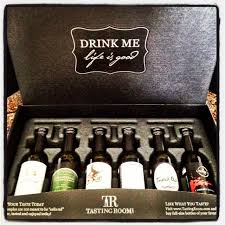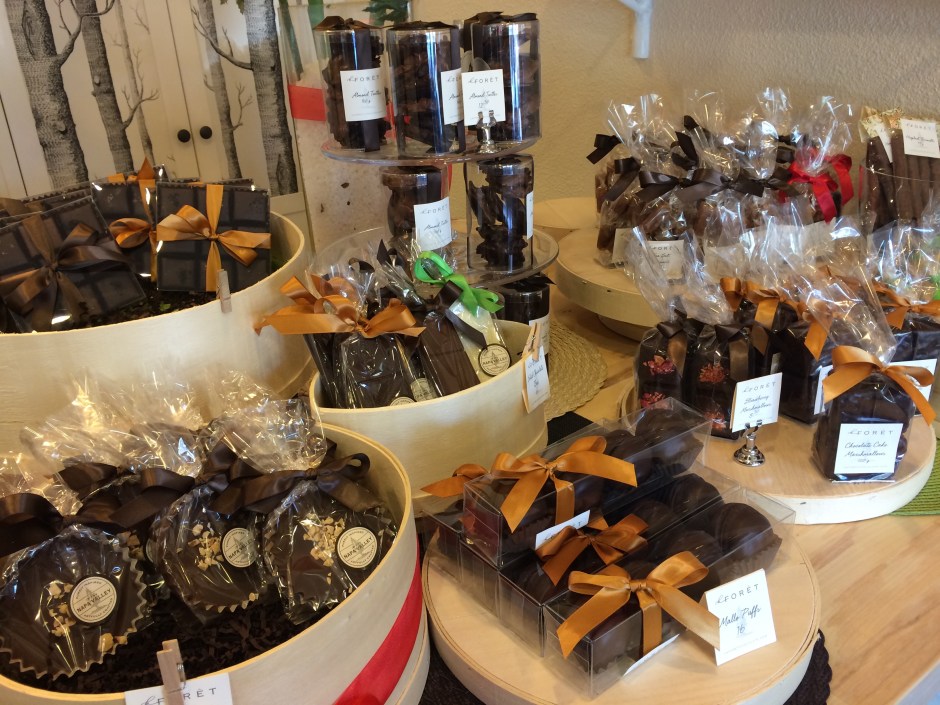[youtube]http://youtu.be/0FUao81jk1E[/youtube]
― Anne Lamott, Plan B: Further Thoughts on Faith
― Anne Lamott
― Anne Lamott, Bird by Bird: Some Instructions on Writing and Life

We begin to find and become ourselves when we notice how we are already found, already truly, entirely, wildly, messily, marvelously who we were born to be. The only problem is that there is also so much other stuff, typically fixations with how people perceive us, how to get more of the things that we think will make us happy, and with keeping our weight down. So the real issue is how do we gently stop being who we aren’t? How do we relieve ourselves of the false fronts of people-pleasing and affectation, the obsessive need for power and security, the backpack of old pain, and the psychic Spanx that keeps us smaller and contained?
Here’s how I became myself: mess, failure, mistakes, disappointments, and extensive reading; limbo, indecision, setbacks, addiction, public embarrassment, and endless conversations with my best women friends; the loss of people without whom I could not live, the loss of pets that left me reeling, dizzying betrayals but much greater loyalty, and overall, choosing as my motto William Blake’s line that we are here to learn to endure the beams of love.
Oh, yeah, and whenever I could, for as long as I could, I threw away the scales and the sugar.
When I was a young writer, I was talking to an old painter one day about how he came to paint his canvases. He said that he never knew what the completed picture would look like, but he could usually see one quadrant. So he’d make a stab at capturing what he saw on the canvas of his mind, and when it turned out not to be even remotely what he’d imagined, he’d paint it over with white. And each time he figured out what the painting wasn’t, he was one step closer to finding out what it was.
You have to make mistakes to find out who you aren’t. You take the action, and the insight follows: You don’t think your way into becoming yourself.
I can’t tell you what your next action will be, but mine involved a full stop. I had to stop living unconsciously, as if I had all the time in the world. The love and good and the wild and the peace and creation that are you will reveal themselves, but it is harder when they have to catch up to you in roadrunner mode. So one day I did stop. I began consciously to break the rules I learned in childhood: I wasted more time, as a radical act. I stared off into space more, into the middle distance, like a cat. This is when I have my best ideas, my deepest insights. I wasted more paper, printing out instead of reading things on the computer screen. (Then I sent off more small checks to the Sierra Club.)
Every single day I try to figure out something I no longer agree to do. You get to change your mind—your parents may have accidentally forgotten to mention this to you. I cross one thing off the list of projects I mean to get done that day. I don’t know all that many things that are positively true, but I do know two things for sure: first of all, that no woman over the age of 40 should ever help anyone move, ever again, under any circumstances. You have helped enough. You can say no. No is a complete sentence. Or you might say, “I can’t help you move because of certain promises I have made to myself, but I would be glad to bring sandwiches and soda to everyone on your crew at noon.” Obviously, it is in many people’s best interest for you not to find yourself, but it only matters that it is in yours—and your back’s—and the whole world’s, to proceed.





 Hi I’m Catherine, founder of Wine Women And Chocolate. Want to become a contributor for Wine, Women & Chocolate? Interested in sharing your unique perspective to a group of supportive, like-minded women?
Hi I’m Catherine, founder of Wine Women And Chocolate. Want to become a contributor for Wine, Women & Chocolate? Interested in sharing your unique perspective to a group of supportive, like-minded women?